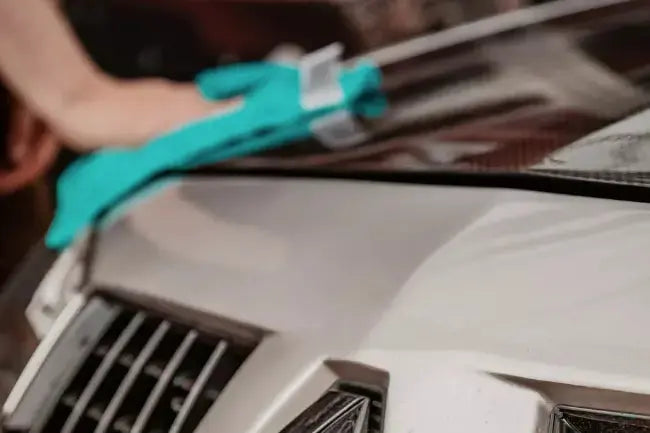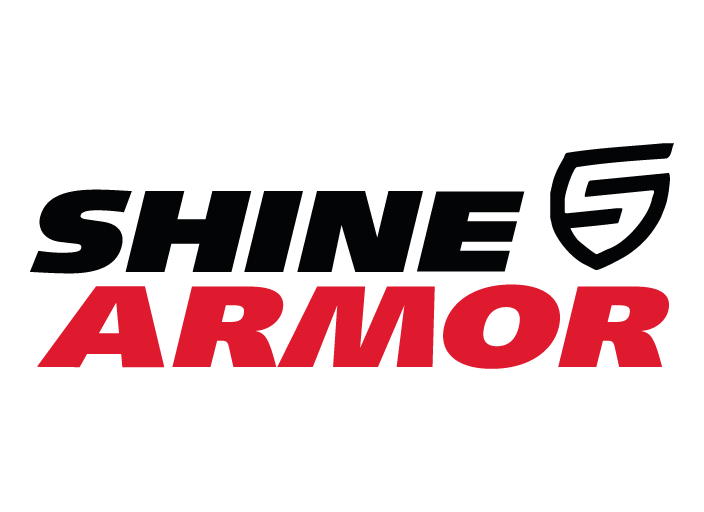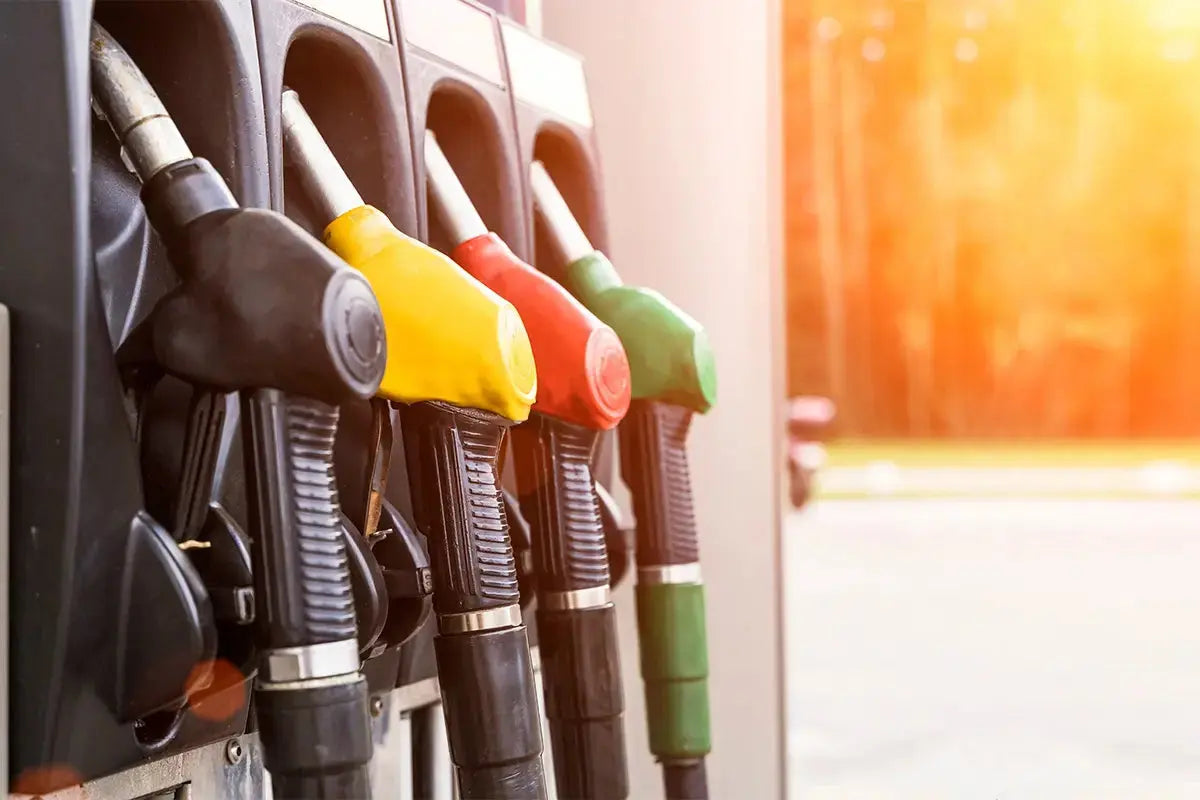
As you take the time to look around your vehicle, you will find a handful of different materials.
While many large surfaces are painted, you may find chromed trim, glass windows or lights, rubber tires, edge trimming, clear plastic lights, and black plastic trim. While automotive soaps are designed to safely wash all of these external materials, top coatings such as waxes and other protectives are extremely specific, allowing your surface to be protected in very unique ways.
For example, a hydrophobic window coating intended to be used on your windshield to repel water, is far from the best option for your chrome trim or wheels.
While each coatings may play similar roles in protecting against sun or water damage, they may still fail to be the best option for other non-specified surfaces. One example would be automotive waxes being great for paint protection, but failing to evenly coat or protect plastic trim pieces.
Why Are Plastic Cleaners Different?
When using cleaners and coatings, it’s important to gain an understanding of why they work. Painted surfaces are solid to avoid water penetrating to your underlying metal, creating rust. Waxes added to these surfaces are intended to add a layer over your paint to avoid scratches, and encourage longevity.
On the other hand, plastic surfaces are considered to be a “soft” material, as they have a certain amount of flex, moisture absorption, and can more easily be scratched or damaged.
The major advantage with plastic moldings revolves around a cost effective, simple to manufacture part that can be replicated for many years to come. While the soft characteristics are important in the construction of the parts, they also leave the part susceptible to damage. This damage often focuses on the idea of the part drying out while in the direct sun, and becoming damaged from the sun’s UV rays.
To avoid this, plastic components are coated during manufacturing with plastic conditioners, which add a specific oil like coating to the surface, which soaks deep into the material.
Over time, this coating begins to break down and be removed from your plastic surfaces. This leaves the material bare and open for contamination and sun damage.
Contamination becomes quite a headache, since plastic is porous it will absorb unwanted liquids, such as grease and grime from the road, or excess wax as you clean your paint, which remains embedded into the pores of the material. These contaminations need to be removed before you can appropriately clean and condition your plastics to a “like new” condition.

Once you are left with a clean surface, the plastic coatings often called conditioners, or restorers add a moist layer which fills the pores of the material, and adds an outer coating to keep that deep dark shine.
Removing Unwanted Contaminants
When attempting to remove unwanted contaminants, such as wax from plastic surfaces, it’s important to remember that plastic is both textured, and porous. This means that a simple spray on, wipe off solution simply can not get into the microscopic textures to properly clean.
It’s important to avoid further damage that may be caused by dragging dirt or grime across your surfaces. Using quality microfiber towels reduce this risk by allowing contaminants to be trapped at the base of the towel, while the outer edge of the fibers continue to clean and absorb moisture.
Plastic Cleaners
One method that is known for deep cleaning plastic trim are automotive specific plastic and trim cleaners. These cleaners work by breakup down the wax and grime, and lifting them out of the materials to be wiped away.
You can help further by using a small medium-hard brush, not so hard as to damage the plastic but hard enough to scrub debris free. Adding a fair amount of cleaner and using circular motions, work your way around the piece.
You should avoid getting these cleaners on any painted surfaces, as they are known to break down waxes and could strip away the protective layer on your vehicle. While some cleaners have some traces of wax built in, many of these cleaners will leave your plastic pieces without any protection whatsoever, and should be followed with a plastic sealant or conditioner.
If your pieces are left without being conditioned, they will be more susceptible to dry rot and damage.
Wax Removers
Automotive specific wax removers, or wax strippers are often used as an initial step to re-coating your vehicle surface. These cleaners break down wax coatings and allow them to be washed away.
As previously mentioned, any cleaner focused on the removal of waxes should be used with caution as to not strip your paint wax away, so if you’re utilizing a remover that requires rinsing, be sure to use caution as you rinse the mixture down your car.
Ensure that you are using a wax stripper that is designed specifically for automotive use, as some industrial construction products may be too harsh for your paint, and are intended for use on metal or glass tile.
Home Hacks
While professional products can be found throughout the market, many vehicle owners have found their favorite tool to clean the plastic trim on their car, truck, bike, boat, RV, or motorhome from tricks and hacks found in home cleaning.
While these hacks may help, they each come with some downfalls and risks for damage that could leave you grabbing those professional cleaners. Don’t say we didn't warn you!
Magic Eraser
Many owners have heard or tried the numerous tricks revolving around magic erasers. These curious sponges have a very fine grit built into the surface similar to sandpaper, which is why they’ve become the preferred method for in-home cleanups.
This fine grit is known for removing tough, hard to get contaminants off a variety of surfaces from paint to plastics. As you press on the sponge, it’s also able to drop into some of those imperfections of the porous surface and remove contaminants.
One major downfall of the magic eraser is the fact that it always has the small sanding component with that fine grit. While this can be great on smooth surfaces, many plastic surfaces are textured, and magic erasers could remove textures, often inconsistently and with less than ideal outcomes.
White Pencil Eraser
Many owners have found success cleaning wax and other contaminants off of plastic trimming by utilizing white pencil erasers.
In a professional setting, a similar material is used known as an eraser disk to remove wax, glues, adhesives, and other similar contaminants. As you rub the pencil eraser across a surface, the rubber grabs and pulls dust, dirt, debris, and other soft contaminants off of smooth, more solid surfaces.
While the erasers do flex into some of the lower areas and pores, the solid material is unable to fully deep clean the surface to get the absolute best outcome.
Dish Soap
While you should never use dish soaps, or any soap outside of automotive specific soaps on your vehicle, dish soaps are known to break down grease, oils, and waxes. While this is great for breaking down food and lifting stains off of dishes, washing your vehicle with these soaps will strip the wax protective layer away, leaving your paint exposed to the risks of damage from wind, debris, contaminants, or the sun’s UV rays.
Great news! The goal currently is to strip the waxes away from the plastic trim pieces. This makes dish soaps a reasonable option. In attempts to avoid stripping the wax from your paint, it is best to add the soap to a rag to better control the application.
Baking Soda
Another home remedy that many owners have begun using would be baking soda, applied with a toothbrush. Mixing around 3 parts baking soda to 1 part water to create a paste, apply the mixture to the surface using the tooth brush. Allow it to sit for 20 to 30 minutes while the baking soda begins to lift the dirt and break down the wax. Wipe the surface down with a microfiber towel.
Baking soda is abrasive, which allows it to slightly sand away contaminants with the tooth brush assisting in pushing the baking soda into the small imperfections.
What Next?
Now that you have stripped the wax away from the plastic trim pieces, they should have a relatively dull appearance to them. It’s extremely important to apply a new UV protective, plastic specific coating over the piece.
These may be called protective coatings, restorers, conditioners, plastic waxes, or other similar names, with a focus on the idea that they are specifically for exterior automotive plastics. While some applications use application pads, others may be sprayed on.
Be sure to follow your product’s specific installation instructions to ensure the best results, such as outdoor temperatures, dry times, amount to apply, and what best practices have been proven by the company.
If you have accidentally removed the wax coating from your painted surfaces, be sure to apply a high quality wax or ceramic spray.
Summary
With a goal to remove wax and other contaminants which have made their way onto your plastic trim, many of the methods for removal can be found as mildly harsh, and should be used with relative caution.
Cautions may include wearing gloves or breathing protection, as you would handling other home chemicals. These chemicals and methods strip away the protection on your vehicle, and they should not be considered for general washing or maintenance of your vehicle. Always take the time to wash your vehicle the right way to promote longevity and keep a deep shine.
Sources
https://www.polishesandwax.com/how-to-remove-car-wax-from-black-trim/





